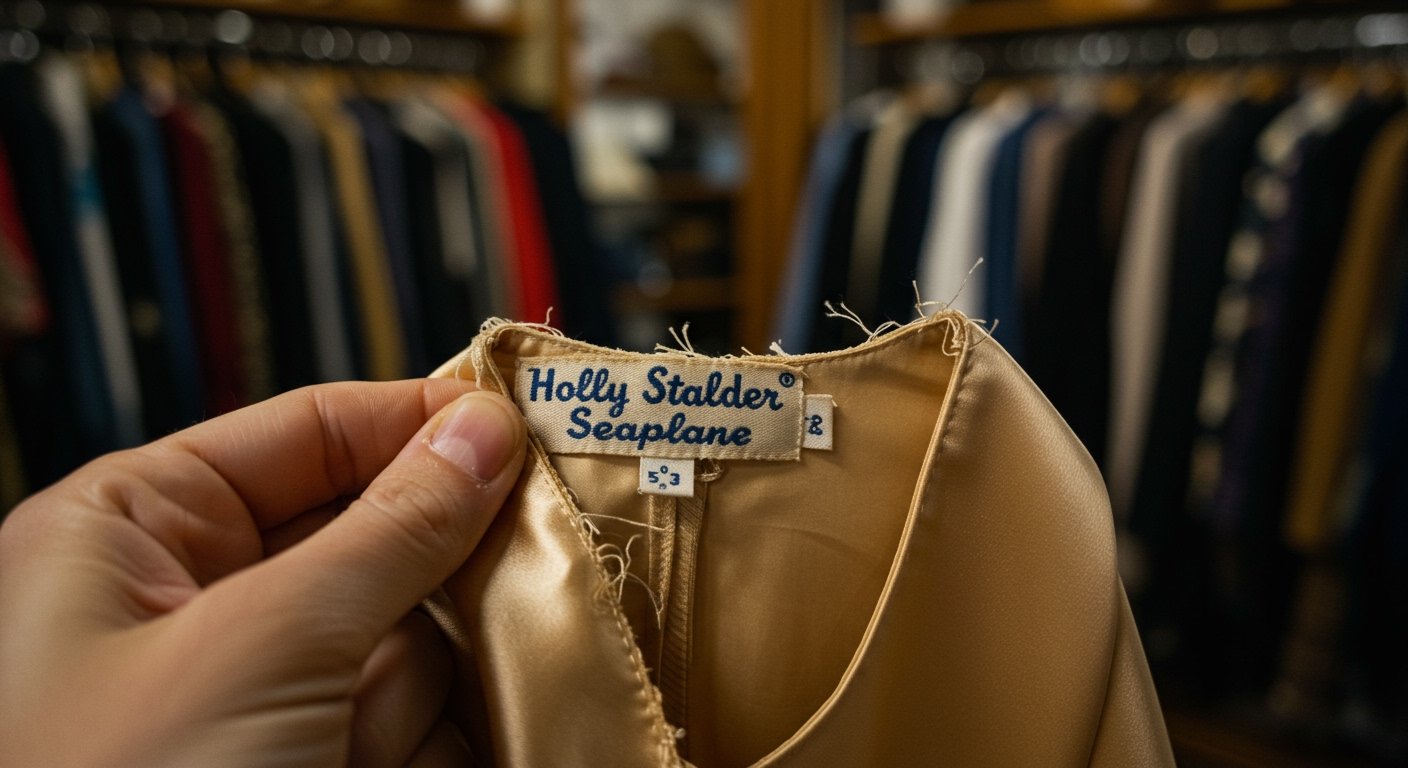A deeply personal search for a vintage dress has unexpectedly illuminated a significant chapter in Portland’s fashion history, revealing the enduring legacy of designers who shaped the city’s distinctive early 2000s style. The narrative of this quest, meticulously documented in an article published on June 23, 2025, for Portland Monthly’s Summer 2025 issue under the original headline “The Dress That Found Me,” began with a simple need: a writer preparing for a wedding in Ireland.
The Genesis of the Search
The writer’s journey commenced with a visit to Seaplane, a former boutique located on NW 23rd Avenue that had once been a vibrant hub of local design. Founded at the turn of the millennium by local designers Holly Stalder and Kate Towers, Seaplane was, according to writers of the early aughts, a pivotal force. They were often painted as pioneers of Portland’s burgeoning and industrious Y2K fashion scene, known for its independent spirit and unique aesthetic.
Although Stalder and Towers had sold Seaplane in 2008, and the boutique has since closed its doors permanently, a collection of their original designs remained available in the shop at the time of the writer’s visit. It was within this collection that the writer encountered a photograph that would ignite a protracted, nearly two-decade-long obsession. The image depicted a specific dress: a champagne-colored, satiny garment distinguished by its unique details—buckles, intentionally frayed edges, and visible stitching. Captivated by its singular appearance, the writer became fixated on finding the physical dress itself.
Portland’s Y2K Fashion Landscape
The era in which Holly Stalder and Kate Towers established Seaplane was a fertile ground for independent designers in Portland. Their work, characterized by handcrafted elements and a distinctively raw yet romantic sensibility, helped define the city’s contribution to the global fashion conversation at the time. Early chroniclers of style in the Pacific Northwest recognized Seaplane not just as a retail space but as a crucible for creativity, fostering a community of designers who prioritized artistry and individuality over mainstream trends. The boutique on NW 23rd Avenue became synonymous with this innovative period, showcasing pieces that were both wearable art and expressions of a unique local identity.
Even years after its founders’ departure and eventual closure, the remnants of Seaplane’s inventory served as silent testaments to this creative peak. The dress captured in the photograph was one such piece, embodying the distinctive design language that had earned Stalder and Towers their reputation as leaders of the Y2K fashion movement in the region.
The Pursuit
The initial attempt to identify the designer of the captivating dress at Seaplane proved unsuccessful. Without a clear path forward from the former boutique, the writer’s search transitioned into a broader, more challenging endeavor. It became a patient, persistent hunt across various vintage and resale channels within the city, a common approach when seeking specific, rare garments from independent designers of a particular era. The quest was not just about finding a dress for an event; it evolved into an almost archaeological pursuit, driven by the compelling image from seventeen years prior.
Discovery at Red Light Clothing Exchange
The extensive search eventually led the writer to Red Light Clothing Exchange, a well-known destination for vintage apparel in Portland. It was here, amidst racks of clothing spanning different decades and styles, that the long-sought garment was finally located. The moment of discovery was likely charged with the culmination of years of searching. Upon retrieving the dress, the writer was able to confirm its origins definitively by examining the label. The identification validated the initial fascination and connected the physical object to its creators and the context of its creation. The label clearly read: Holly Stalder, Seaplane.
A Garment’s Enduring Significance
Nearly two decades after the initial photograph captured its image and sparked a dedicated search, the dress has transcended its original function as a potential wedding outfit. It now serves as a tangible memento, embodying the journey of its discovery and the history it represents. Furthermore, the article highlights that this particular dress is connected to discussions regarding a potential museum exhibition. This connection underscores the recognition of Holly Stalder’s work, and by extension, the output of Seaplane and the Y2K Portland fashion scene, as significant cultural artifacts deserving of preservation and public display.
The writer’s personal quest, initiated by a striking image and a need for a dress, ultimately peeled back layers of time to reveal a crucial part of Portland’s creative past. It demonstrates how individual objects, like a champagne-colored satin dress with distinctive details, can serve as powerful links to the artists, movements, and moments that shape a city’s identity.




